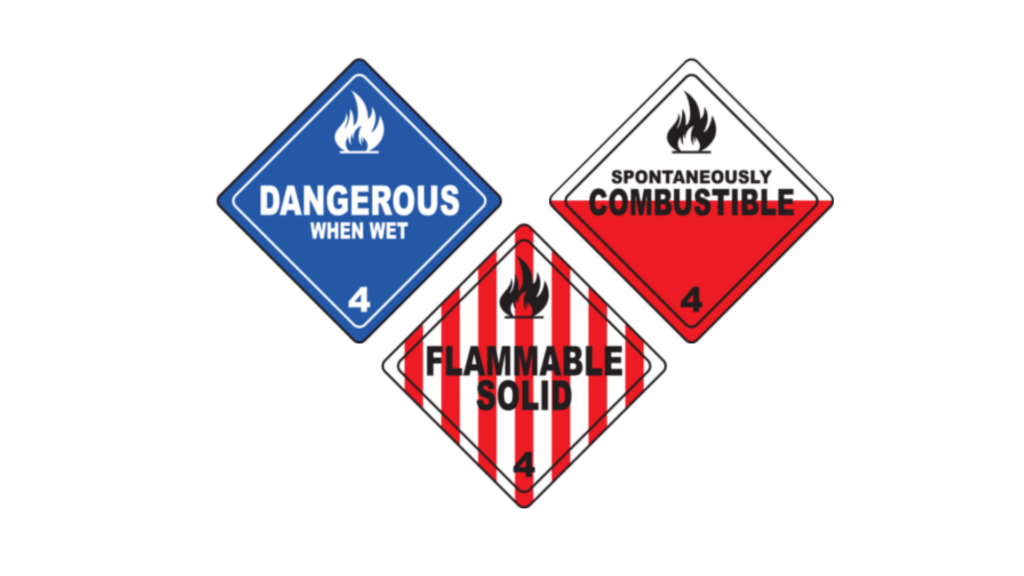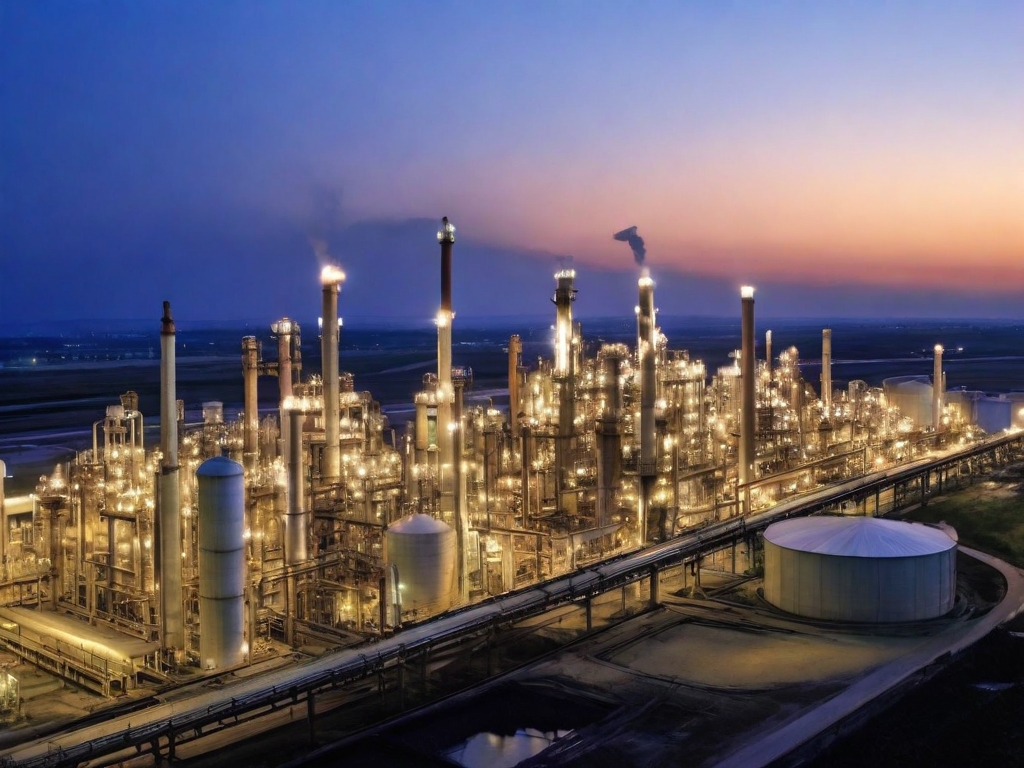When it comes to project planning and design, safety is paramount. This holds especially true in industries like oil and gas, chemical, and pharmaceutical, where they handle hazardous materials. One crucial aspect of safety in these industries is Hazardous Area Classification (HAC). This article will delve into the role of HAC in project planning and design, with insights from the Intrinsically Safe Store, a leading provider of safety equipment for hazardous areas.
Understanding Hazardous Area Classification
The Hazardous Area Classification method identifies areas where potentially ignitable quantities of flammable gases, vapors, or dusts may occur, potentially causing a fire or explosion. These areas are classified into zones based on the frequency and duration of the hazardous atmosphere.

The Importance of Hazardous Area Classification in Project Planning and Design
Understanding the hazardous area classification is crucial in project planning and design for several reasons:
It helps in the selection of appropriate equipment and protective systems.
It aids in the design of electrical installations.
It assists in the planning of inspection and maintenance activities.
Case Study: The Role of HAC in the Oil and Gas Industry
A clear example of the importance of HAC can be seen in the oil and gas industry. In this industry, the presence of flammable gases and vapors is common, making the risk of fire and explosion high. If we classify the hazardous areas correctly, we can implement appropriate safety measures like using intrinsically safe equipment, designed to prevent ignition.
How the Intrinsically Safe Store Can Help
We offer a wide range of intrinsically safe and explosion-proof devices designed for use in hazardous areas. These include smartphones, tablets, radios, and other equipment that are certified to meet the highest safety standards.
The Importance of Hazardous Area Classification
In conclusion, Hazardous Area Classification heavily influences project planning and design, particularly in industries where hazardous materials are handled. It aids in the selection of appropriate equipment, the design of electrical installations, and the planning of inspection and maintenance activities. By understanding and correctly implementing HAC, businesses can significantly reduce the risk of fire and explosion, ensuring the safety of their employees and facilities.
For more information on intrinsically safe equipment and how it can help your business, visit the Intrinsically Safe Store or contact us today.


